Understanding Copper Clad Ground Rods
Copper clad ground rods serve as a pivotal component in grounding systems, essential for both lightning protection and electrical earthing. These rods are engineered to offer a conductive path for electrical currents to disperse safely into the ground. The category encompasses a variety of rods, tailored for diverse applications and environments.
Types and Materials
The copper clad steel ground rod is a popular variant, combining the strength of steel with the conductivity of copper. This amalgamation ensures durability while facilitating efficient electrical conduction. Alternatives include the copper clad earth rod and the copper plated ground rod, each designed to cater to specific grounding requirements. Materials range from pure copper to red copper, with options like the 3/4 copper clad ground rod providing a balance between size and performance.
Features and Applications
These rods come in various sizes, including the 5/8 copper clad ground rod and the 3/4 x 10 copper clad ground rod, ensuring compatibility with different installation needs. Their construction allows for processes such as welding, bending, and cutting, facilitating ease of use across construction and industrial applications. The copper clad steel rod variant is particularly noted for its resilience in harsh environmental conditions.
Advantages of Copper Clad Rods
The copper clad rod offers several advantages, such as corrosion resistance and extended lifespan, which are critical in maintaining the integrity of grounding systems. The 5/8 by 8 copper clad ground rods are a testament to the adaptability of these rods, fitting various depths and soil conditions. Moreover, the copper clad ground rod specifications are meticulously crafted to meet stringent safety standards, ensuring reliable performance.
Selection Considerations
When selecting a copper clad ground rod, it is essential to consider the specific requirements of the project. Factors such as soil resistivity, climate, and electrical load demands play a significant role in determining the appropriate type and size of the rod. It is crucial to review the specifications to ensure the rod meets the necessary criteria for its intended application.
Conclusion
In summary, copper clad ground rods are a fundamental element in safeguarding electrical systems. Alibaba.com hosts a diverse range of these rods, offering various materials and sizes to accommodate a broad spectrum of grounding needs. While exploring options, it is important to assess the product details to ensure the selection aligns with the project's specific requirements.

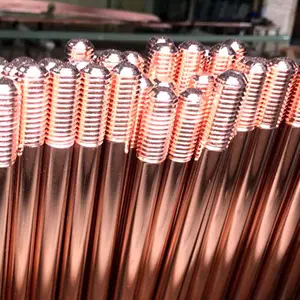

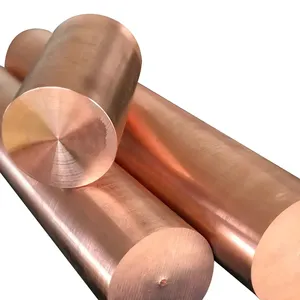

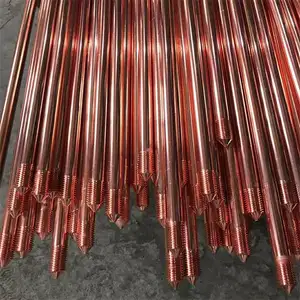



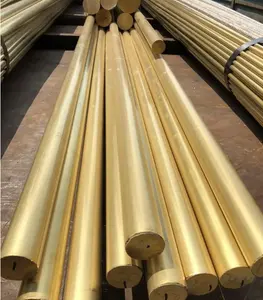

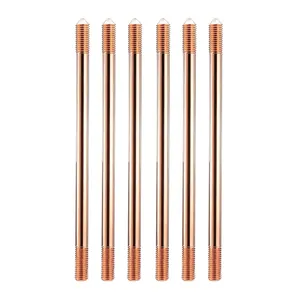
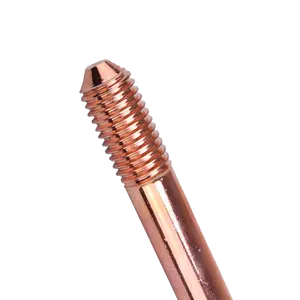








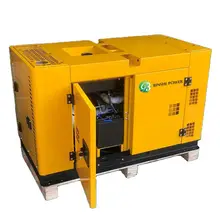






















 浙公网安备 33010002000092号
浙公网安备 33010002000092号 浙B2-20120091-4
浙B2-20120091-4